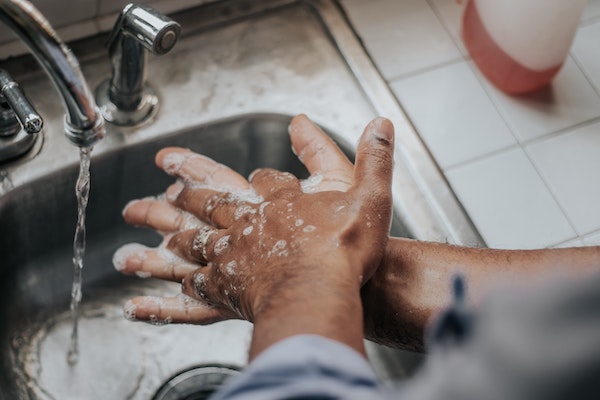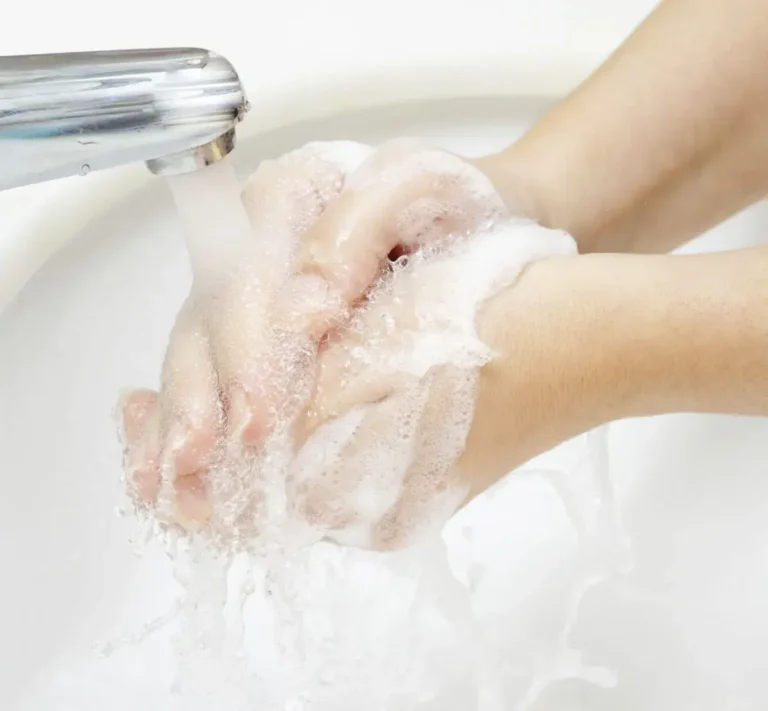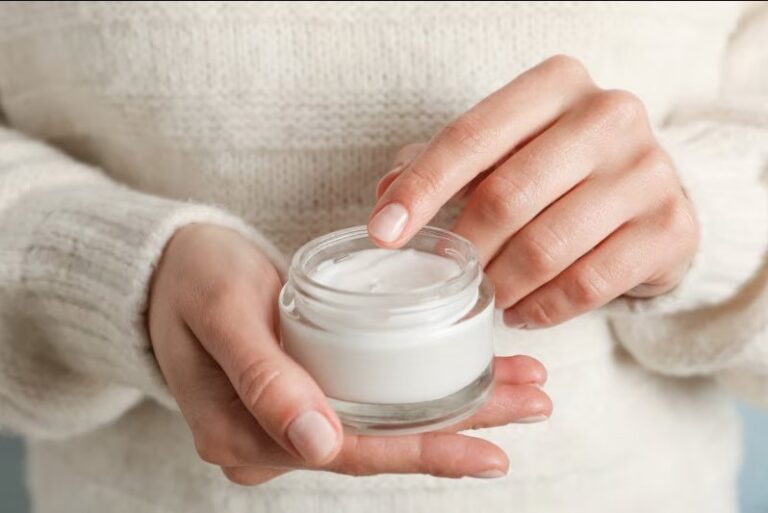Maintaining the highest levels of hygiene at all times is vital. One of the easiest methods to prevent infection and prevent germs from spreading to other people or surfaces (like handles) is to wash your hands.
Before doing any personal hygiene task, such as changing your stoma bag or handling your catheter or drainage bag, you must wash your hands.
Make careful to wash your hands frequently during the day, such as right before bed or after visiting public areas. According to new government guidelines, people should wash their hands for at least 20 seconds in warm, soapy water and make sure to completely dry them with a fresh towel or hand drier.
The 6 step guide
These handwashing steps can help ensure you carry out a thorough hygiene routine to aid your personal care. Use an un-perfumed soap from a dispenser. Whatever the product used, the hand washing technique is very important to ensure effective results in preventing the spread of infection.
STEP 1. Wash palms of hands.

STEP 2. Wash between fingers at back of hands.

STEP 3. Wash between fingers palm to palm.

STEP 4. Wash palm area.

STEP 5. Pay particular attention to thumb area and thumb joint.

STEP 6. Wash finger tips paying particular attention to nails and dry hands well with clean disposable towel discarding correctly.

Most Commonly Missed Areas
It is important to pay particular attention to the following areas which have been shown to be the most commonly missed following hand washing.

IMPORTANT POINTS
- Hand washing is the simplest and easiest way of preventing the spread of infection to yourself and other people.
- Thorough rinsing under running water is an important part of the procedure. Finally, dry the hands thoroughly using one paper towel for each hand – this also helps to prevent soreness.
- For more information see the NHS guide to washing your hands



